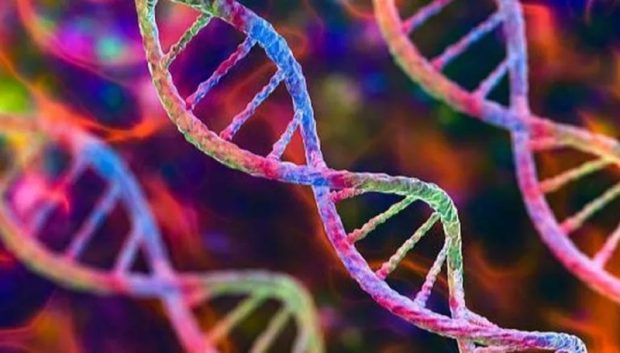
Over 60 new genetic regions behind stroke identified, may lead to new therapies
PTI, Oct 5, 2022, 2:13 PM IST

New Delhi: An international team, including researchers from India, have identified 61 new genetic regions associated with stroke that are potential drug targets to prevent or treat the second leading cause of death worldwide.
Previous genome studies on stroke were conducted predominantly in populations of European ancestry.
The latest results, recently published in the journal Nature, are based on the analysis of data from 2.5 million people from five different ancestries, more than 200,000 of whom had a stroke.
Members of the GIGASTROKE consortium, including Professor Kameshwar Prasad, former head of the department of Neurology at All India Institute of Medical Sciences (AIIMS), Delhi, conducted the research.
“The population studied in this research has a fairly global representation including South Asia, which includes India and Pakistan, Africa, East Asia, Europe and Latin America,” Prasad, who is currently the director of Rajendra Institute of Medical Sciences, Ranchi, told PTI.
“The combined results from different ancestries and regions made things clearer at a micro level,” he added.
In 110,182 patients who have had a stroke and 1,503,898 control individuals, the team identified association signals for stroke and its subtypes at 89 (61 new) independent gene loci.
Loci are the physical locations of genes on chromosomes in cells and have been called genetic street addresses.
A follow-up in 89,084 additional cases of stroke and 1,013,843 control individuals, 87 per cent of the primary stroke risk regions and 60 per cent of the secondary stroke risk region were replicated.
The study also highlighted F11, KLKB1, PROC, GP1BA, LAMC2 and VCAM1 regions as possible targets, with drugs already under investigation for stroke for F11 and PROC regions.
Prasad and his team contributed data of 4,088 individuals — 1,609 stroke cases and 2,479 controls — from the South Asia, which included India and Pakistan.
They found that the frequency of a genetic region called COBL is higher in people suffering neurological disorders from India and Pakistan. Higher frequency of this region was not identified in patients from other ancestries.
“Our results provide insights to inform biology, reveal potential drug targets and derive genetic risk prediction tools across ancestries,” Prasad noted.
Stroke is the second leading cause of death worldwide, responsible for approximately 12 per cent of total deaths, with an increasing burden particularly in low-income countries.
Characterised by a neurological deficit of sudden onset, stroke is predominantly caused by cerebral ischaemia, a common mechanism of acute brain injury that results from impaired blood flow to the brain.
The frequency of stroke subtypes differs between ancestry groups as exemplified by a higher prevalence of small-vessel stroke (SVS) and intracerebral haemorrhage (ICH) in Asian and African populations compared with European populations.
Udayavani is now on Telegram. Click here to join our channel and stay updated with the latest news.
Top News

Related Articles More

Rapid digital expansion to create over 1 lakh new jobs in fiber tech in India in next 5 years

National Consumer Helpline to roll out AI-based features, partners with 1,000 firms

BTS2024: If India can make rocket sensors, it can also make car sensors, says ISRO chief Somanath

World COPD Day: Know your lung function

SpaceX successfully launches ISRO’s 4,700 kg communication satellite from US
MUST WATCH
Latest Additions

People getting heartburns after I became CM for second time: Siddaramaiah

Construct iconic deep tech building in Amaravati, Andhra CM tells officials

Mumbai court sentences man to life imprisonment for killing son over his refusal to call 2nd wife mother

Newborn baby kidnapped from Kalaburagi hospital in Karnataka

Assam woman found murdered in service apartment in Bengaluru
Thanks for visiting Udayavani
You seem to have an Ad Blocker on.
To continue reading, please turn it off or whitelist Udayavani.





















